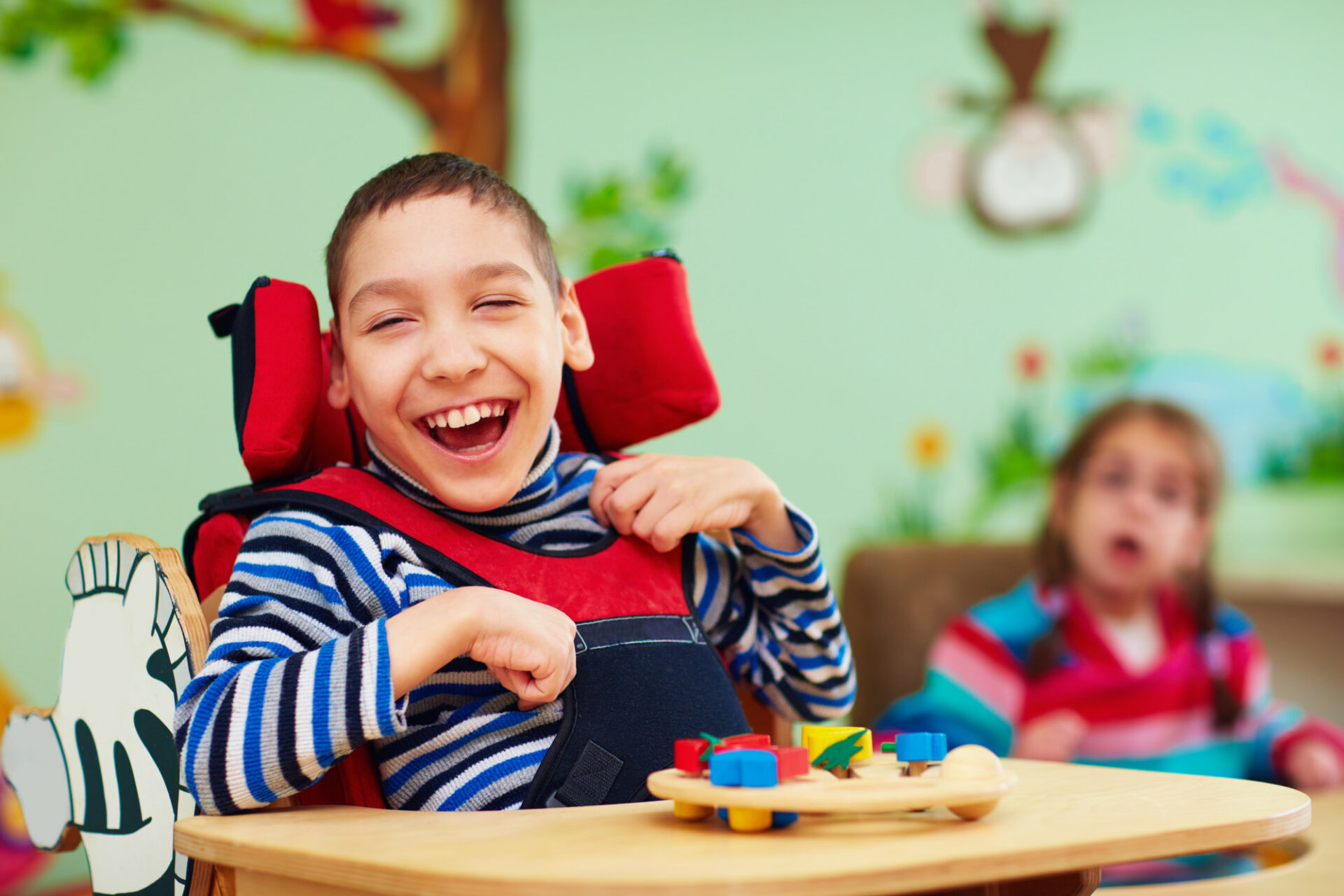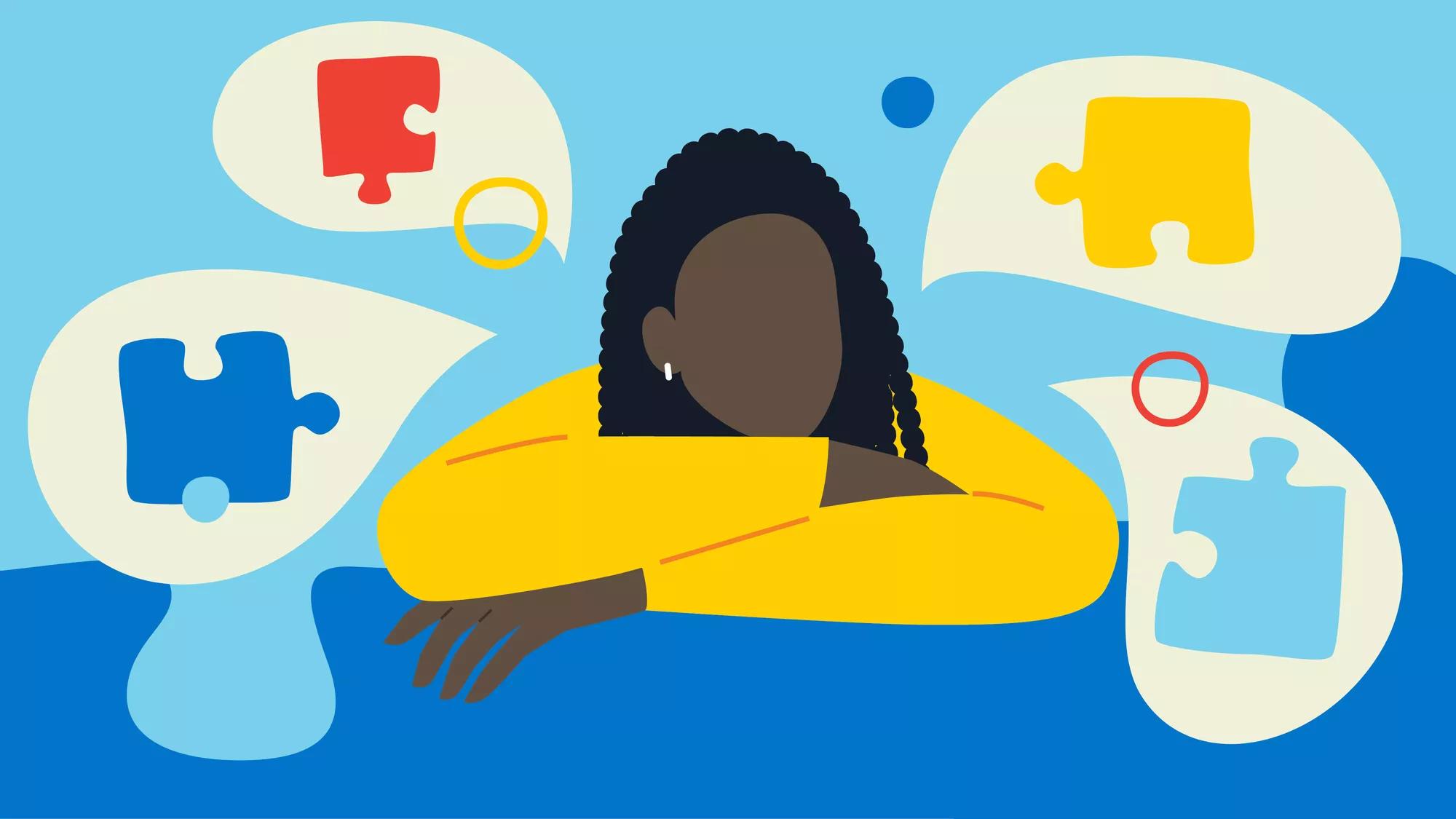Dealing With Typical Myths: What You Ought To Understand About Autism Today
Dealing With Typical Myths: What You Ought To Understand About Autism Today
Blog Article
Understanding Autism: A Comprehensive Overview to Signs And Symptoms and indicators
Autism Range Disorder (ASD) includes a wide variety of features that can substantially impact a person's social interactions and day-to-day functioning. Recognizing the indicators and symptoms, such as difficulties with eye get in touch with, social communication troubles, and sensory sensitivities, is essential for early treatment. Comprehending these subtleties not just aids caregivers and educators in providing appropriate assistance yet likewise promotes a more inclusive setting for individuals with ASD. As we check out the intricacies of autism, it becomes necessary to think about how these indications show up in different ways across the range and what effects they hold for effective intervention methods.
Overview of Autism Range Disorder
Defining Autism Spectrum Condition (ASD) entails recognizing it as a complex neurodevelopmental problem characterized by a variety of challenges in social interaction, interaction, and behavior patterns. The term "range" shows the vast irregularity in symptoms and their extent, which can differ considerably from one person to an additional. ASD typically materializes in very early childhood years, although some individuals may not receive a diagnosis up until later on in life.
Variables affecting the growth of ASD consist of ecological variables and hereditary tendencies, although the exact causes remain under examination. Medical diagnosis frequently counts on behavior assessments, as there are no definitive medical tests for ASD. Early treatment is vital and can substantially enhance results, focusing on enhancing communication skills, social communications, and flexible habits.
Individuals with ASD might also display one-of-a-kind staminas, such as remarkable focus to information or specific areas of experience. Recognizing the multifaceted nature of ASD is essential for cultivating an inclusive environment that fits neurodiversity. Proceeded research is essential for establishing efficient interventions and assistance systems, enabling people with ASD to prosper and satisfy their potential within culture.
Common Indicators of Autism
Identifying the typical signs of Autism Spectrum Problem (ASD) is important for very early recognition and intervention. These indicators can vary extensively in extent and discussion, but certain attributes are frequently observed in individuals with ASD.
Among the most widespread signs is a significant difficulty in preserving and developing eye get in touch with. People might also exhibit restricted rate of interest in social interactions and show a choice for singular play. Recurring actions, such as hand-flapping, shaking, or rotating things, often arise early in childhood. Furthermore, some children may develop strict regimens and become distressed if these regimens are interrupted.
Sensory sensitivities are additionally common; people may overreact or underreact to sensory stimuli, such as audios, appearances, or lights. autism. Language growth can be atypical, with some children showing delayed speech or using language in unusual means, including echolalia-- repeating expressions or sentences heard somewhere else
It is vital to keep in mind that not every person with ASD will certainly display all these signs, and the degree of these behaviors can differ considerably. Early recognition enables prompt support and resources, improving the quality of life for those on the spectrum.
Social Interaction Difficulties
Social communication difficulties are a characteristic of Autism Spectrum Condition (ASD), influencing an individual's ability to involve successfully with others. These problems can materialize in various methods, consisting of obstacles in launching and preserving conversations, comprehending social signs, and responding appropriately in social interactions.
People with ASD may struggle with nonverbal interaction, such as eye call, faces, and body language. This can bring about misunderstandings, as their communicative intent may not be properly translated by others. They might discover it hard to realize the subtleties of tone and context, which are essential for effective communication.
In group settings, people with ASD might really feel overloaded and might not know just how to sign up with in conversations (autism). They may additionally show irregular conversational patterns, such as monologuing about specific interests without acknowledging social reciprocity
Furthermore, these obstacles can cause social seclusion or problems in developing relationships, as peers might misunderstand their habits or communication style. Understanding these social communication obstacles is critical for promoting supportive atmospheres that advertise social skills advancement and enhance the top quality of interactions for individuals on the autism spectrum.
Sensory Level Of Sensitivities and Reactions
Many individuals with Autism Spectrum Problem (ASD) experience enhanced sensory level of sensitivities that can significantly impact their every day lives. These sensitivities might materialize as over-responsiveness or under-responsiveness to i loved this sensory stimuli, including audios, lights, appearances, preferences, and scents. For circumstances, a person with ASD might find everyday noises, such as a vacuum or crowded environments, overwhelmingly upsetting, resulting in stress and anxiety or crises. Alternatively, some might display an indifference to pain or extreme temperature levels, which can posture safety and security worries.
Sensory processing distinctions in people with ASD can likewise affect their capacity to involve in regular activities and social communications. For instance, a kid that is delicate to touch may stand up to physical affection or prevent certain clothing textiles. A choice for specific textures or tastes can restrict dietary alternatives and create obstacles during nourishments.
Recognizing these sensory sensitivities is necessary for recognizing the distinct experiences of people with ASD. Recognition of their sensory profiles can promote far better communication and support approaches, creating an environment that fits their requirements and boosts their quality of life. Inevitably, acknowledging sensory level of sensitivities is a vital part of understanding the broader spectrum of autism.

Sustaining Individuals With Autism
Efficient assistance for people with Autism Spectrum Problem (ASD) is essential for improving their total well-being and fostering self-reliance. Assistance strategies ought to be customized to fulfill the distinct requirements of each person, considering their difficulties and staminas.

Social skills training can also play an essential duty. autism. Engaging individuals in group tasks or role-playing situations can enhance their ability to navigate social interactions. In addition, it is important to enlighten member of the family, caretakers, and peers about ASD to cultivate a inclusive and encouraging community
Verdict
By cultivating boosted communication and social skills, people additional hints with autism can navigate their environments more efficiently. Eventually, enhanced understanding and assistance can substantially enhance the quality of life for those affected by ASD.
Autism Range Problem (ASD) incorporates a large array of attributes that can dramatically impact an individual's social interactions and everyday functioning.Individuals with ASD might battle with nonverbal communication, such as eye call, face expressions, and body language.Numerous people with Autism Spectrum Disorder (ASD) experience heightened sensory level of sensitivities that can significantly affect their daily lives.Sensory handling distinctions in people with ASD can likewise affect their ability to engage in regular activities and social communications.Comprehending these sensory level of sensitivities is vital for recognizing the special experiences of individuals with ASD.
Report this page